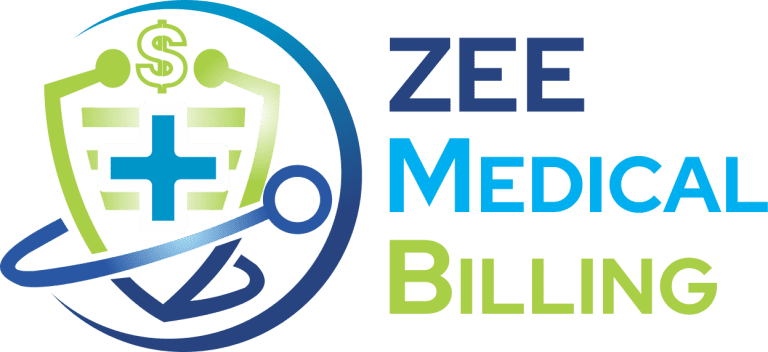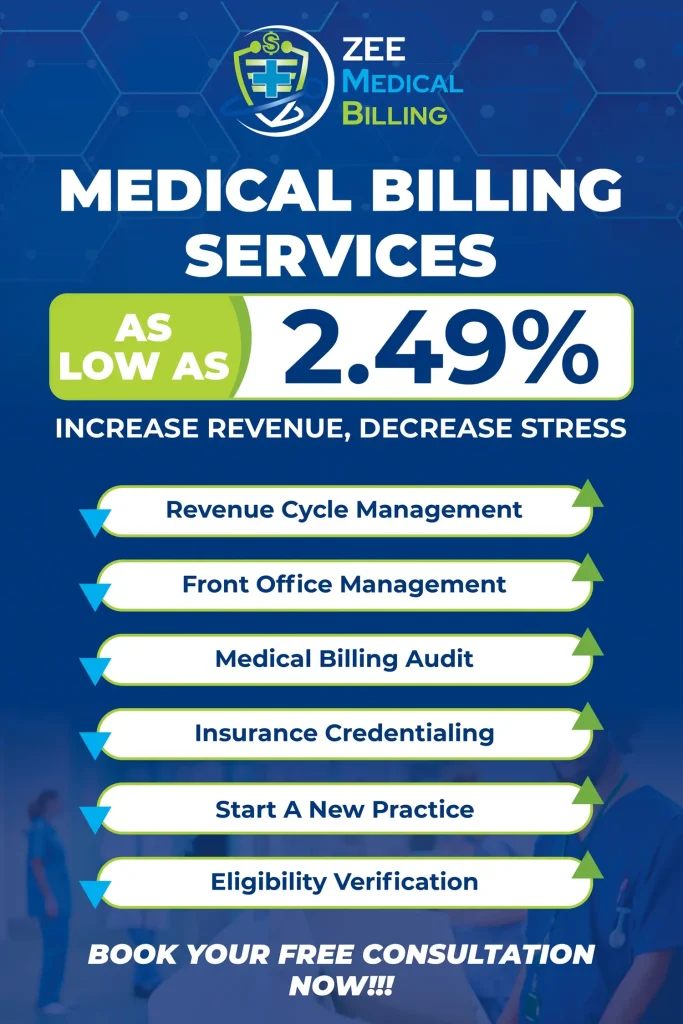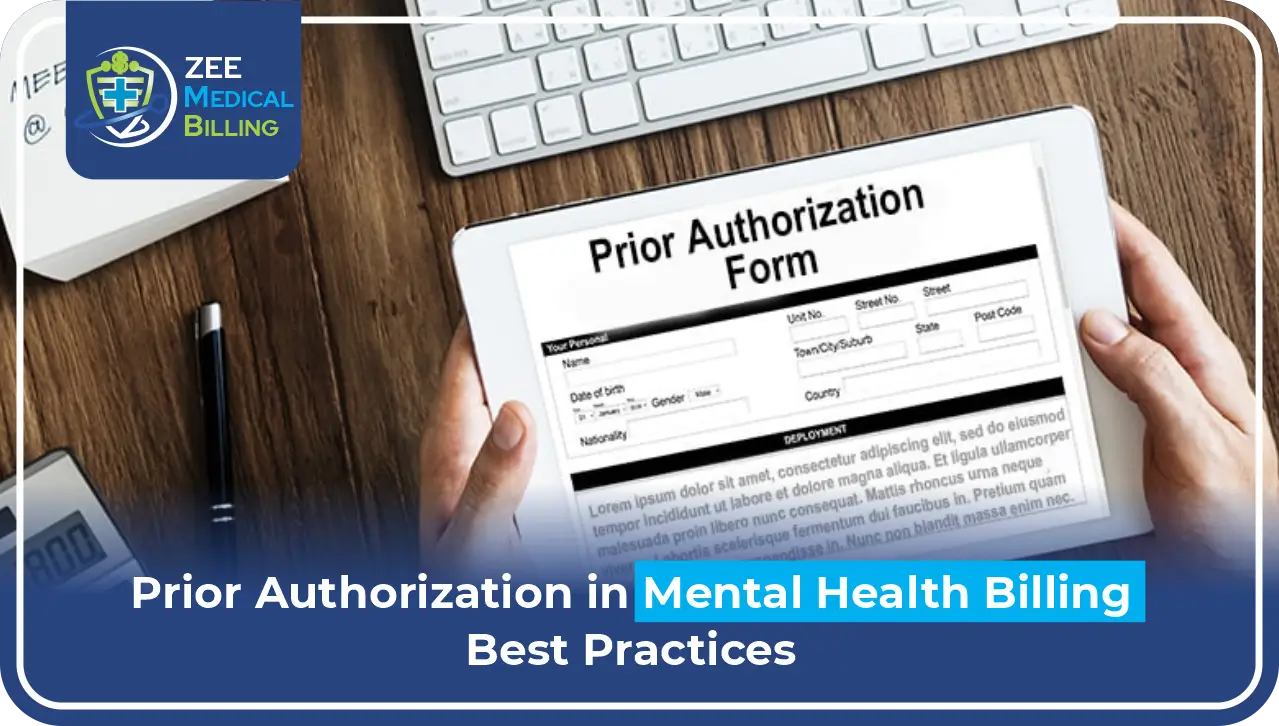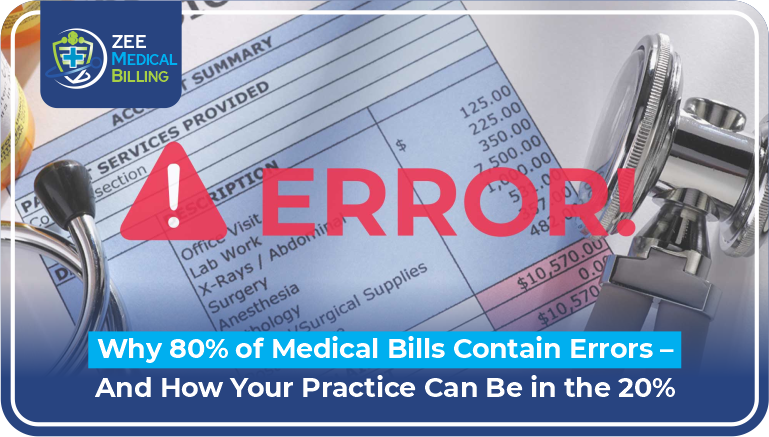Effective billing and collections are basic for the financial health of ophthalmology practices.
The greatest achievements in ophthalmology billing come from collections and their efficiency. They accomplish maximum productivity with the least wasted effort or cost. Expanding the general patient experience is significant for having a proficient patient and income stream in the ophthalmology practice.
When the time doesn’t get broadened, patients will see the value in it. Their appointments will be on time. They won’t be left in test rooms unattended and won’t need to repeat data to professionals, specialists, and other staff.
However, the more significant point is the effectiveness of ophthalmology billing and collections practices.
- Patients will become frustrated when their cases are returned or denied because of reporting errors.
- Irritated patients can prompt negative online reviews about your training and the potential for an easing back in lead age.
- The more it takes to have claims approved, the more extended your training will stand by to get compensated.
- Unrecoverable claims because of missed documenting cutoff times bring about lost income for your training.
Read More: Billing in Ophthalmology: How to Stay Compliant and Get Paid
Here are actionable strategies to smooth out processes and maximize revenue.
1. Audit and Improve Documentation
- Guarantee Accurate Coding: Use suitable CPT, ICD-10, and HCPCS codes. Consistently update coding information to stay away from claim denials.
- Detailed Patient Records: Maintain precise documentation for strategies like cataract surgery or glaucoma therapy to help billing claims.
- Audit Routinely: Recognize documentation gaps or repeating errors through internal or external audits.
2. Train Staff on Billing and Compliance
- Preparation: Invest in preparing staff on ophthalmology-specific billing codes and insurance contracts.
- Compliance Awareness: Instruct groups on HIPAA guidelines and payer-specific billing rules to limit errors.
3. Implement Technology Solutions
- Take on EHR and PM Systems: Use ophthalmology-centered electronic health record (EHR) and practice management (PM) software for precise information entry and tracking.
- Automate Eligibility Checks: Automate insurance verification to distinguish coverage issues before arrangements.
- Leverage AI tools: Use AI-based answers to flag coding mistakes and upgrade reimbursements.
4. Smooth out the Patient Payment Process
- Direct Pricing: Offer clear estimates of personal expenses.
- Adaptable Payment Plans: Give choices to patients to pay over the long haul.
- Online Payment Portals: Work on payment processes with secure online tools.
5. Optimize Insurance Claims Management
- Timely Submissions: File claims promptly to avoid delays.
- Denial Management: Make a robust system to track, allure, and resolve denied claims effectively.
- Monitor Payer Trends: Remain updated on payer approaches to decrease dismissals.
6. Outsource When required
- Billing Organizations: Consider outsourcing billing to firms specializing in ophthalmology to lessen inside responsibility.
- Credentialing Services: Use experts to deal with physician credentialing and keep up with payer connections.
Read More: Ophthalmology Practice Management And Billing Solution
7. Standard Financial Reviews
- KPIs Tracking: Monitor metrics like Days in Accounts Receivable (AR), net collection rates, and guarantee denial rates.
- Revenue Cycle Audits: Conduct frequent audits to distinguish income leakage focuses.
8. Focus on Patient Commitment
- Proactive Communication: Explains billing details, protection inclusion, and payment options during meetings.
- Further develop planning: Lessen missed appointments by offering updates and adaptable booking choices.
9. Leverage Telehealth
- Grow Access: Use telehealth for follow-ups, expanding billable services while working on patient satisfaction.
- Verify Billing Rules: Guarantee telehealth services conform to insurance policies for proper reimbursement.
10. Stay Updated on Regulatory Changes
- Payer Policies: Monitor Medicare, Medicaid, and private payer changes in ophthalmology coverage.
- Legislation Updates: Remain consistent with advancing government and state billing regulations.
Conclusion
Further developing billing and collections in ophthalmology requires a mix of innovation, staff training, and proactive management. By executing these methodologies, practices can upgrade financial stability, decrease claim denials, and work on patient satisfaction.









